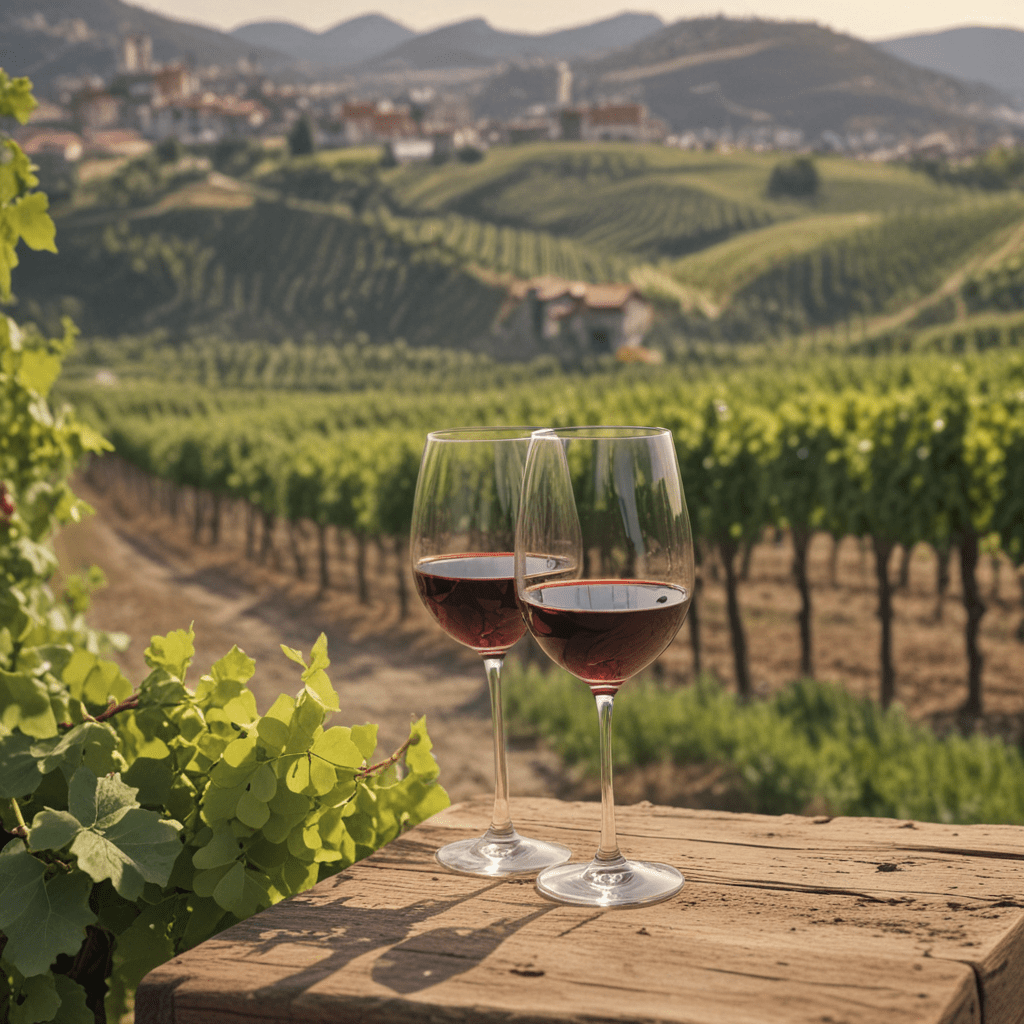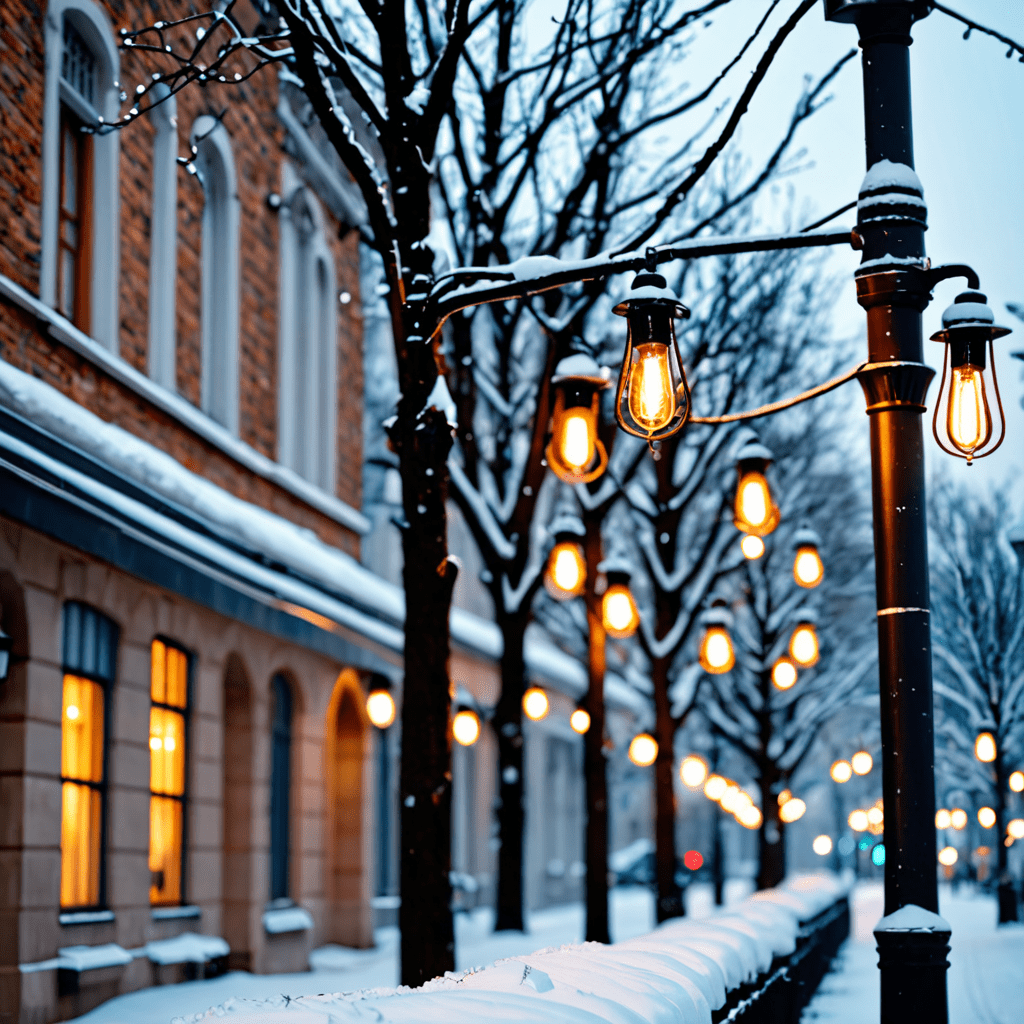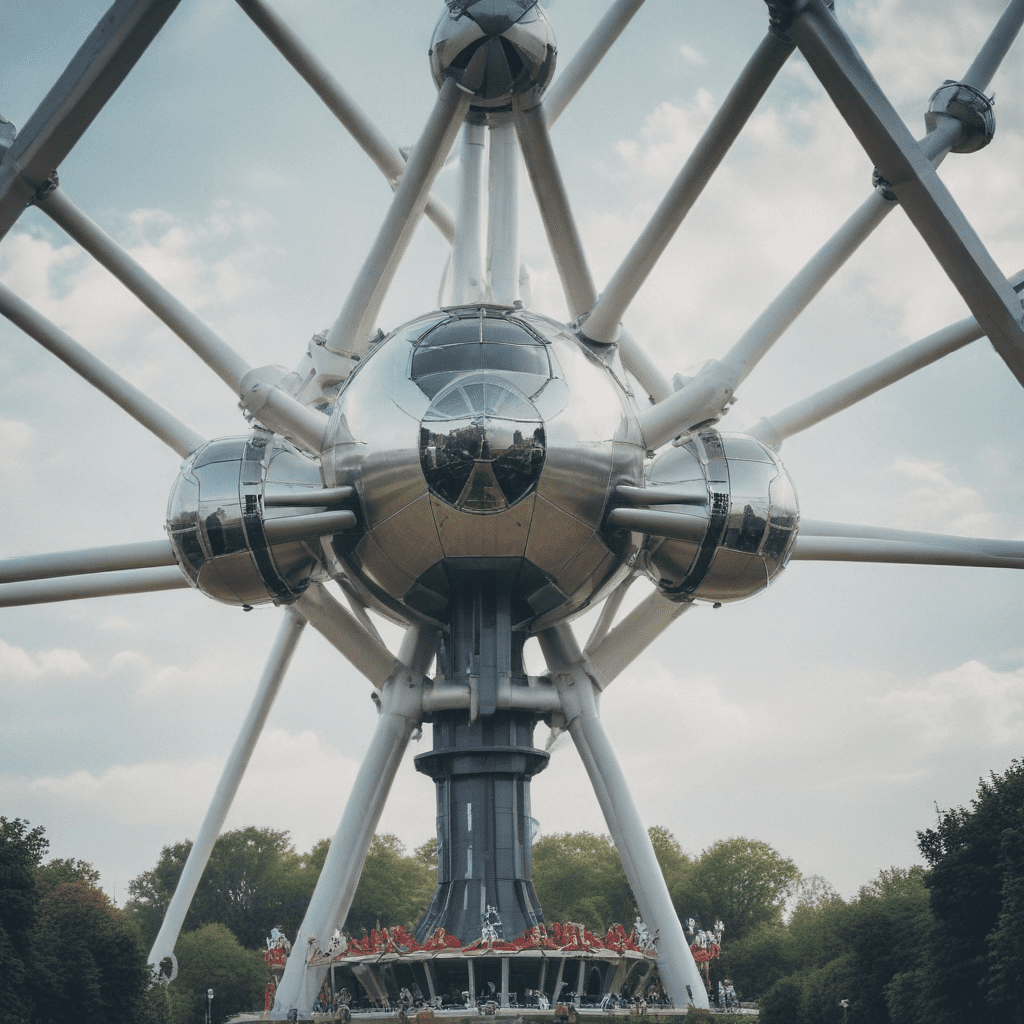
1. Introduction: The Enchanting Vineyards of Austria
Nestled amidst rolling hills and picturesque landscapes, the vineyards of Austria beckon wine enthusiasts to an unforgettable tasting experience. From the historic terraces of the Wachau Valley to the sun-drenched slopes of Burgenland, Austria's diverse wine regions offer a captivating journey through centuries of viticultural tradition.
2. History and Tradition: A Legacy of Winemaking Excellence
Winemaking has flourished in Austria for over 2,000 years, leaving an indelible mark on its culture and heritage. Benedictine monks played a pivotal role in developing the industry, introducing grape varieties and establishing vineyards across the country. Over the centuries, Austrian winemakers have honed their craft, creating a rich legacy of exceptional wines.
3. Exploring the Diverse Wine Regions: Wachau, Styria, Burgenland, and More
Austria's wine regions boast a captivating array of landscapes and terroirs. The Wachau Valley, a UNESCO World Heritage Site, is renowned for its steep vineyards and elegant Rieslings. Styria, in the southeast, is known for its lush hills and aromatic Sauvignon Blancs, while Burgenland, near the Hungarian border, produces full-bodied reds, including Zweigelt and Blaufränkisch.
4. Grape Varieties: From Grüner Veltliner to Zweigelt
Austria's vineyards are home to a diverse range of grape varieties, each contributing unique flavors and characteristics to the wines. Grüner Veltliner, Austria's signature white grape, offers a balanced acidity and spicy notes, while Riesling showcases its finesse and minerality. Zweigelt, a red grape indigenous to Austria, produces wines with soft tannins and ripe berry flavors.
5. Unique Terroir: The Influence of Climate, Soil, and Altitude
The exceptional quality of Austrian wines is attributed to the interplay of various factors that create a distinct terroir. The country's continental climate, with warm summers and cool nights, allows grapes to ripen gradually, developing intense flavors. The diverse soil types, from slate and schist to limestone, impart unique mineral characteristics to the wines. Altitude also plays a role, with higher vineyards producing wines with greater acidity and freshness.
6. Pairing Wine with Austrian Cuisine: A Culinary Delight
Austrian cuisine offers an array of culinary delights that complement the country's wines harmoniously. Wiener Schnitzel, a classic Viennese dish of breaded and fried veal, pairs wonderfully with a crisp Grüner Veltliner. Rich game dishes, such as venison or boar, harmonize with the full-bodied reds of Burgenland. Sweet pastries and strudels find a perfect match in the aromatic dessert wines produced in Austria.
7. Etiquette for Wine Tasting: Respecting the Vineyards
When visiting Austrian vineyards for a wine tasting, it is essential to observe proper etiquette. Respect the privacy of the vintners and their properties. Avoid touching or walking through the vines. Listen attentively to the sommelier's presentation and ask thoughtful questions. Be mindful of noise levels and dispose of any waste responsibly.
8. Guided Tours and Educational Experiences: Enhancing Your Knowledge
Many Austrian wineries offer guided tours that provide an in-depth understanding of their winemaking practices and the region's history. These tours often include a tasting of the estate's wines, allowing visitors to experience firsthand the nuances of different varieties and terroirs. Educational experiences, such as winemaking workshops or seminars, offer a deeper immersion into the world of Austrian wine.
9. Sustainable Practices: Preserving Austria's Wine Heritage
Sustainability is a priority in Austrian viticulture. Many wineries implement practices that minimize their environmental impact, such as organic farming, reduced water consumption, and renewable energy sources. By embracing sustainability, Austrian winemakers ensure the preservation of their vineyards and the legacy of winemaking for generations to come.
10. Conclusion: A Memorable Wine Tasting Adventure in Austria
Wine tasting in the vineyards of Austria offers an unforgettable experience that combines exquisite wines, stunning landscapes, and rich cultural traditions. From exploring the diverse wine regions to savoring the local cuisine and learning about sustainable practices, a wine tasting adventure in Austria is a journey that will captivate the senses and create lasting memories.
FAQ:
- What is the best time to visit Austrian vineyards for wine tasting?
The best time to visit Austrian vineyards for wine tasting is during the autumn (September-October), when the grapes are ripe and the weather is pleasant.
- How do I book a wine tasting tour in Austria?
You can book a wine tasting tour in Austria through various online platforms, travel agencies, or directly with the wineries themselves.
- Are there any special requirements for wine tastings in Austria?
Most wineries do not have any special requirements for wine tastings, but it is advisable to make a reservation in advance, especially during peak season.
- Can I purchase wine directly from the vineyards?
Yes, many Austrian wineries offer the opportunity to purchase their wines directly from the estate at a discounted price.
- What are the most popular Austrian wine varieties?
The most popular Austrian wine varieties include Grüner Veltliner, Riesling, Zweigelt, and Blaufränkisch.


